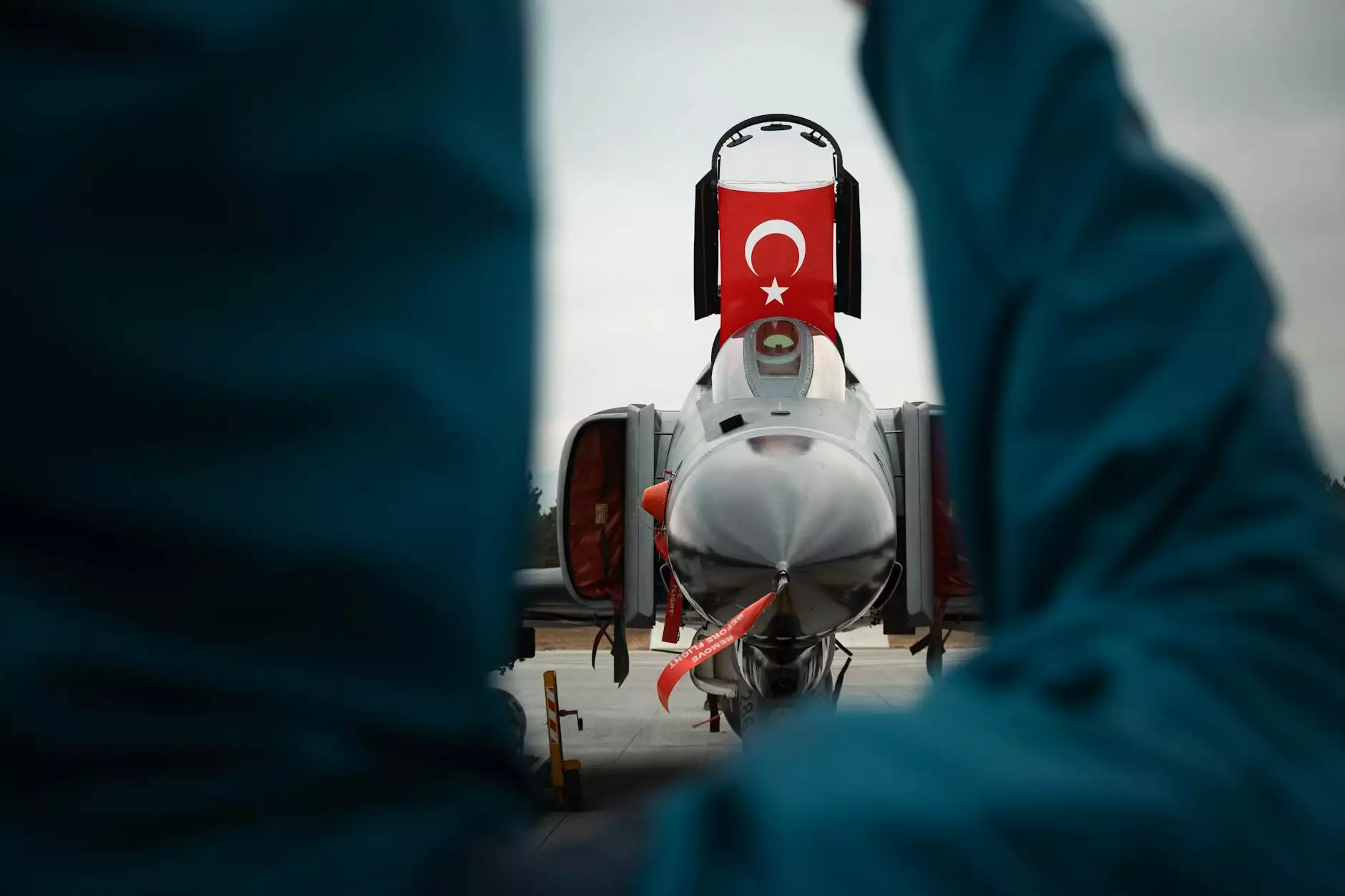Understanding Wetlease: The Future of Aviation Leasing Solutions

The aviation industry is a complex and dynamic sector that constantly evolves to meet the demands of travelers and businesses alike. One of the most innovative solutions that have emerged in recent years is the concept of wetlease. In this comprehensive article, we will delve deep into the definition, benefits, and implications of wetlease agreements, exploring how they are reshaping the operational landscape for airlines globally.
What is Wetlease?
The term wetlease refers to an agreement where one airline provides an aircraft to another airline alongside a full range of operational services. This includes not only the aircraft itself but also the crew (cockpit and cabin), maintenance, and insurance. The leasing airline retains ownership and operational control of the aircraft, enabling the lessee airline to operate flights without the complexities associated with managing the aircraft and its crew.
Wetlease vs. Dry Lease
To fully understand the implications of wetlease, it is essential to distinguish it from a related term, the dry lease. A dry lease is characterized by the leasing of the aircraft alone, without crew or operational services. This type of agreement places the onus of operation on the lessee, requiring them to manage their own crew and maintenance. The key differences between these two arrangements highlight the operational flexibility that wet leases provide:
- Operational Control: In a wet lease, the lessor remains responsible for crew and maintenance, meaning the lessee can focus on flight operations.
- Cost Efficiency: Wet leases can be financially beneficial as they minimize upfront capital required for an airline to operate routes.
- Compliance and Safety: The leasing airline bears the responsibility of ensuring that operational standards and safety regulations are met.
The Benefits of Wetlease Agreements
Understanding the advantages of wetlease agreements can provide insights into why many airlines opt for this arrangement over traditional leasing methods. Here are some of the critical benefits:
1. Increased Flexibility
One of the primary benefits of a wetlease arrangement is the significant increased flexibility it offers. Airlines can quickly adjust their fleet sizes in response to changing demands without the need for long-term commitments. This flexibility is crucial during peak travel seasons or unexpected spikes in passenger numbers.
2. Faster Response to Market Changes
With the aviation market often subject to fluctuations due to events such as economic downturns or public health crises, having the option to utilize wetleases allows airlines to respond rapidly. They can increase capacity for short periods without the risk of overcommitting resources that may remain underutilized afterward.
3. Access to Additional Resources
Many airlines face operational challenges such as staff shortages, maintenance issues, or unforeseen demands. Engaging in a wetlease provides quick access to aircraft and crew, allowing airlines to maintain schedules without compromising service quality.
4. Reduced Financial Risks
Financially, embarking on a wetlease agreement limits the risks associated with outright purchasing or long-term leasing. Airlines can avoid significant capital expenditures and heavy depreciation costs that come with owning aircraft.
5. Enhanced Service Offering
By utilizing wetsease, airlines can expand their service offerings. They can offer new routes or increase frequency on existing routes without the long-term commitment of aircraft ownership, thereby enhancing customer satisfaction.
Types of Wetleases
Wetleases can generally be categorized into three types, depending on the specific needs of the lessee airline:
1. ACMI Wetlease
ACMI stands for Aircraft, Crew, Maintenance, and Insurance. This type of wet lease includes all operational aspects, giving the lessee access to a fully functional aircraft complete with trained crews ready to operate flights.
2. CMI Wetlease
CMI, or Crew, Maintenance, and Insurance, excludes the aircraft from the lease agreement. Instead, the lessor provides the crew and operational support while the lessee supplies the aircraft. This option may suit airlines that already have substantial fleets but need additional operational support.
3. Aircraft-Only Wetlease
This arrangement provides the aircraft along with maintenance and insurance but does not include crew. This type of lease is often utilized by airlines that have flight crews but require supplemental aircraft and support.
Challenges and Considerations
While wetsease offers numerous benefits, it is not without its challenges. Airlines considering wet lease agreements should evaluate the following factors:
- Regulatory Compliance: Each airline involved in a wet lease must comply with regulatory requirements in their respective countries, which can present complexities.
- Operational Integration: Coordinating operations between two different airlines can lead to logistical complications if not managed effectively.
- Quality Control: Ensuring that the quality of service remains consistent can be a challenge, especially if the lessor’s operational standards differ from those of the lessee.
Conclusion: The Future of Wetleases in Aviation
As the aviation industry continues to navigate its way through challenges such as fluctuating fuel prices, changes in consumer demand, and global economic factors, wetlease agreements will likely become increasingly important. These agreements not only provide crucial operational flexibility but also enable airlines to maintain a competitive edge in a rapidly changing market.
With the ability to efficiently scale operations, manage costs, and deliver quality service, the wet lease model represents a forward-thinking solution that can adapt to the needs of modern airlines. As the industry evolves, understanding and leveraging the power of wetlease agreements can help airlines succeed in a competitive landscape. For more information about our aviation services focusing on wetlease options, visit us at Jazz Jet Aviation.









